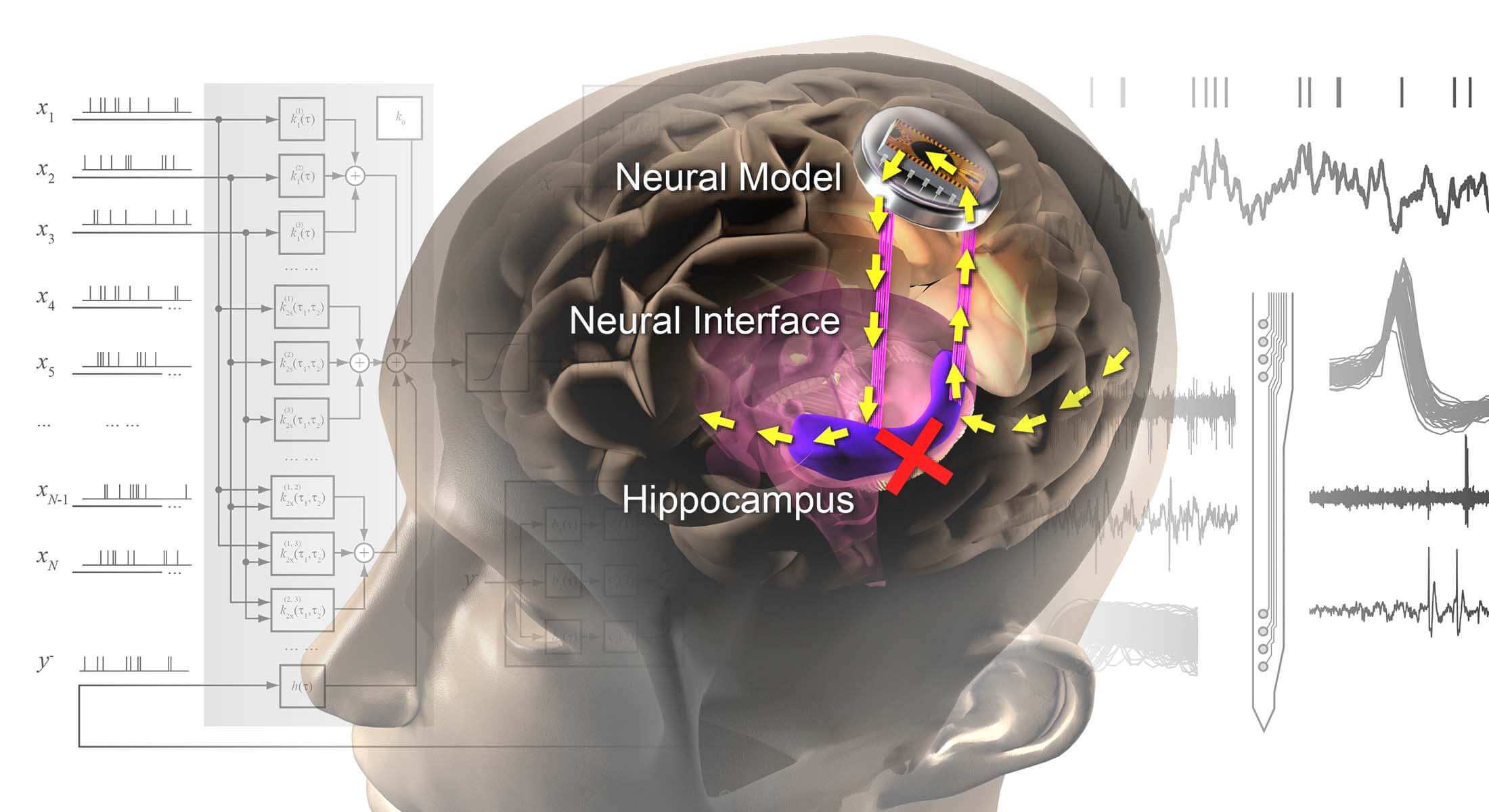
During a relaxed discussion focused on mental health, a friend disclosed something profound: “I stopped attending therapy because I would leave feeling wonderful, but when I truly needed the guidance we discussed, like in the midst of an argument or a panic attack, I couldn’t recall any of it. It seemed like wasting money.”
This admission highlighted a hidden struggle within mental health care. The challenge isn’t about finding the right therapist or even having moments of clarity; the actual concern is that these realizations fade away exactly when we require them the most. Research indicates that this isn’t a singular or uncommon failure but rather a core flaw in the way therapy interacts with human memory.
The neuroscience of forgetfulness
The retention of memory fundamentally undermines the effectiveness of psychological treatment. Research consistently shows that patients can accurately remember only about 30 percent of significant treatment points discussed during therapy sessions. This considerable memory gap directly hinders adherence to treatment plans and affects clinical outcomes.
State-dependent learning: why insights in the serene therapy space disappear
Insights acquired in the secure therapy environment frequently falter when confronted with real-world stress, a phenomenon rooted in State-Dependent Learning. When therapeutic skills are absorbed during calm sessions, they become difficult to access when the brain is overwhelmed by stress hormones such as cortisol during crises. This occurs because the body’s primary stress response system releases strong chemicals that specifically hinder the retrieval of previously consolidated memories, leading to a retrieval deficit that blocks the application of therapeutic insights when they are needed the most.
The encoding challenge: emotional insights don’t instinctively become procedural memory
The transition from conversational insights to enduring behavioral change depends on encoding, storage, and retrieval. While explicit memory involves the conscious recall of facts and details, implicit memory governs automatic, learned behaviors. Intellectual comprehension obtained in therapy doesn’t inherently equate to habitual behavioral transformation. Focus is essential for effective encoding, and even slight distractions or divided attention can hinder this process, resulting in reduced subsequent retrieval. Transforming therapy insights into adaptive habits necessitates considerable effort over spans of 18 days to 36 weeks.
Cognitive biases that exacerbate forgetfulness
– The Zeigarnik effect: Our minds are designed to remember unfinished tasks but tend to forget completed ones swiftly. The instant a client experiences an “aha!” insight, their brain categorizes it as “complete,” causing it to paradoxically lose mental priority and diminish.
– Curse of knowledge: In that “aha!” moment, the insight seems so straightforward (an experience termed “fluency”) that the client mistakenly believes it will be easy to recall. That misplaced confidence prevents them from engaging in the hard work of thoroughly encoding the idea for stressful moments when they need it most.
Introducing the AI memory support
What if technology could close the gap between therapeutic insight and practical application by enhancing insights when necessary, rather than recording sessions?
1. Strategic reinforcement, not observation. AI systems could identify patterns for when certain insights become pertinent. For instance:
– Before anxiety-provoking situations, it could provide gentle reminders of coping strategies.
– Before challenging discussions, it could encourage individuals to think about boundary-setting frameworks.
The technology doesn’t monitor; it provides timely reminders based on user-defined triggers, forthcoming calendar events, or even specific time-of-day preferences that the patient explicitly establishes and manages.
2. Reinforcing memory over time. AI could optimize therapeutic memory through spaced repetition of emotional insights. Timely reminders prior to triggering situations help solidify learning. As habits develop, reminders gradually diminish. This is akin to how physical therapy exercises extend clinical work into everyday life, with the therapist remaining the source of knowledge while the system serves as the reminder support.
The resistance and reality
Privacy concerns
The apprehension of phones potentially “overhearing” therapy is valid, yet the solution doesn’t necessitate session recordings. Patients have control over what is remembered. Systems can utilize encryption and local processing to affirm insights between sessions without observation.
Therapist skepticism
Memory support does not replace therapeutic relationships; it enhances them by extending insights into everyday scenarios. The analogy to physical therapy homework is fitting; nobody suggests that home exercises take the place of the physiotherapist.
The path forward
Memory-enhanced therapy could double the effectiveness of each session by tackling 70 percent of insights that are generally forgotten. This is about creating treatments that assist patients in remembering what is significant, when it is significant. Simple tools such as post-session voice memos or therapist-guided recall prompts (e.g., “What resonated from last time?”) can make memory an active element of the therapeutic process. Moreover, these innovative tools not only aid individuals in remembering but also provide the data necessary to demonstrate their clinical effectiveness. By harnessing AI to strategically combat the brain’s inclination to forget, we surpass the boundaries of a weekly hour and ultimately achieve continuous, data-informed therapeutic development for countless individuals.
The friend who distanced themselves from therapy was correct about the issue: weekly discussions aren’t sufficient for a human brain under duress. However, the solution isn’t to abandon therapy; it’s to design for memory.